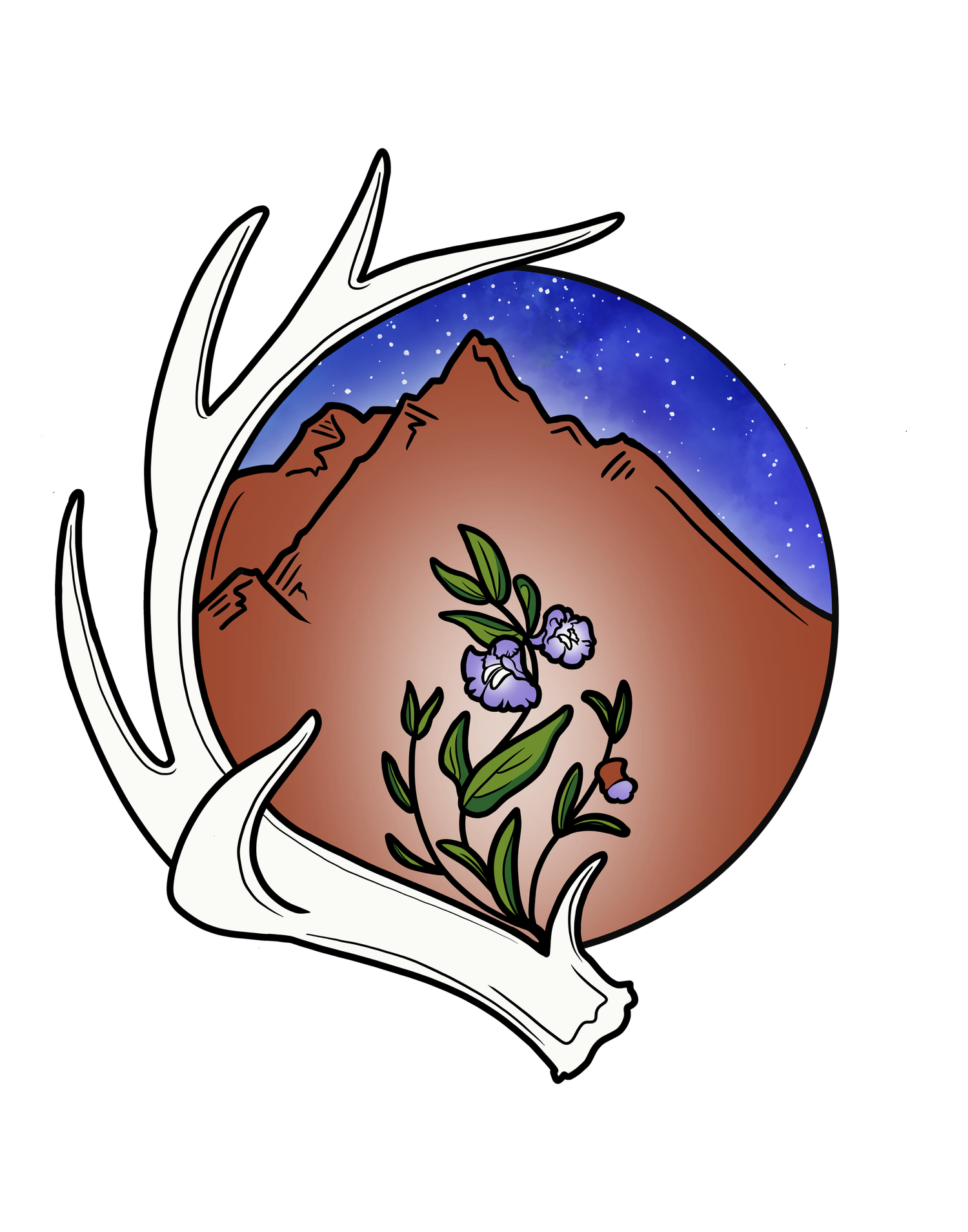Essential Medicine Making: Invigorating Infusions
Interested in making your own herbal medicines? Infusions are a great place to start.
An infusion is made by pouring water over plant material then allowing it to steep. That’s it. When you make a cup of Red Zinger or English Breakfast, you are technically making an infusion. However, not all infusions are made equal, and in order to make a medicinal quality tea, there are a few details to consider.
Time
For medicinal preparations, 15 minutes of infusing time with boiling water is the general minimum, and much longer with cold infusions (4-8 hours). Sun teas are another method of infusion, where the herbs are covered with water, sealed in a jar, and allowed to sit in the warm sun for several hours. This is great way to make tea with kids, as it feels like you’re making a potion (which, of course, you are).
Temperature
With infusions, the water is usually boiling, but cold infusions are also an option, and for certain herbs can be more useful. For instance, certain mucilaginous qualities of herbs can be better extracted with cold water. Marshmallow (Althaea officinalis) or Slippery Elm (Ulmus rubra), are good examples of these (for more on mucilage, check out our upcoming blog on herbal actions).
Putting a Lid on it
As with so many things in life, it is important to keep a lid on your infusions. An upturned saucer will do, or, if your feeling very posh, even putting it into an actual tea pot. Though this may seem a fussy grandmother thing to do, it’s a crucial point. When heated, aromatic constituents tend to make a break for it. Many of these aromatic qualities are associated with potent medicinal actions, and are usually why you’re making the tea in the first place. So unless you want to inhale your medicine up your nose (more about that later), putting a cover on your infusion is a good idea. Props to all the fussy grandmothers out there.
How to Learn More
OR
